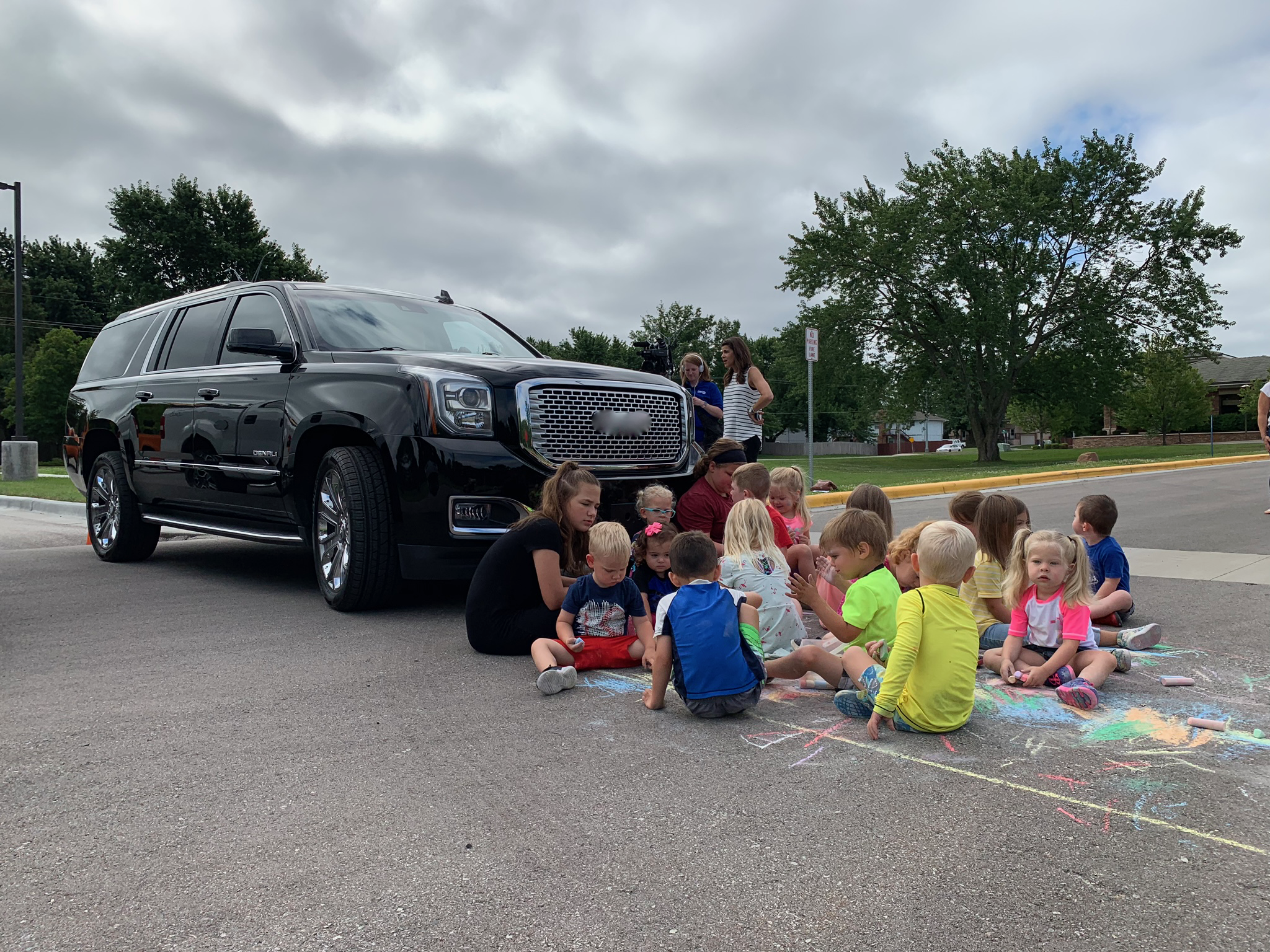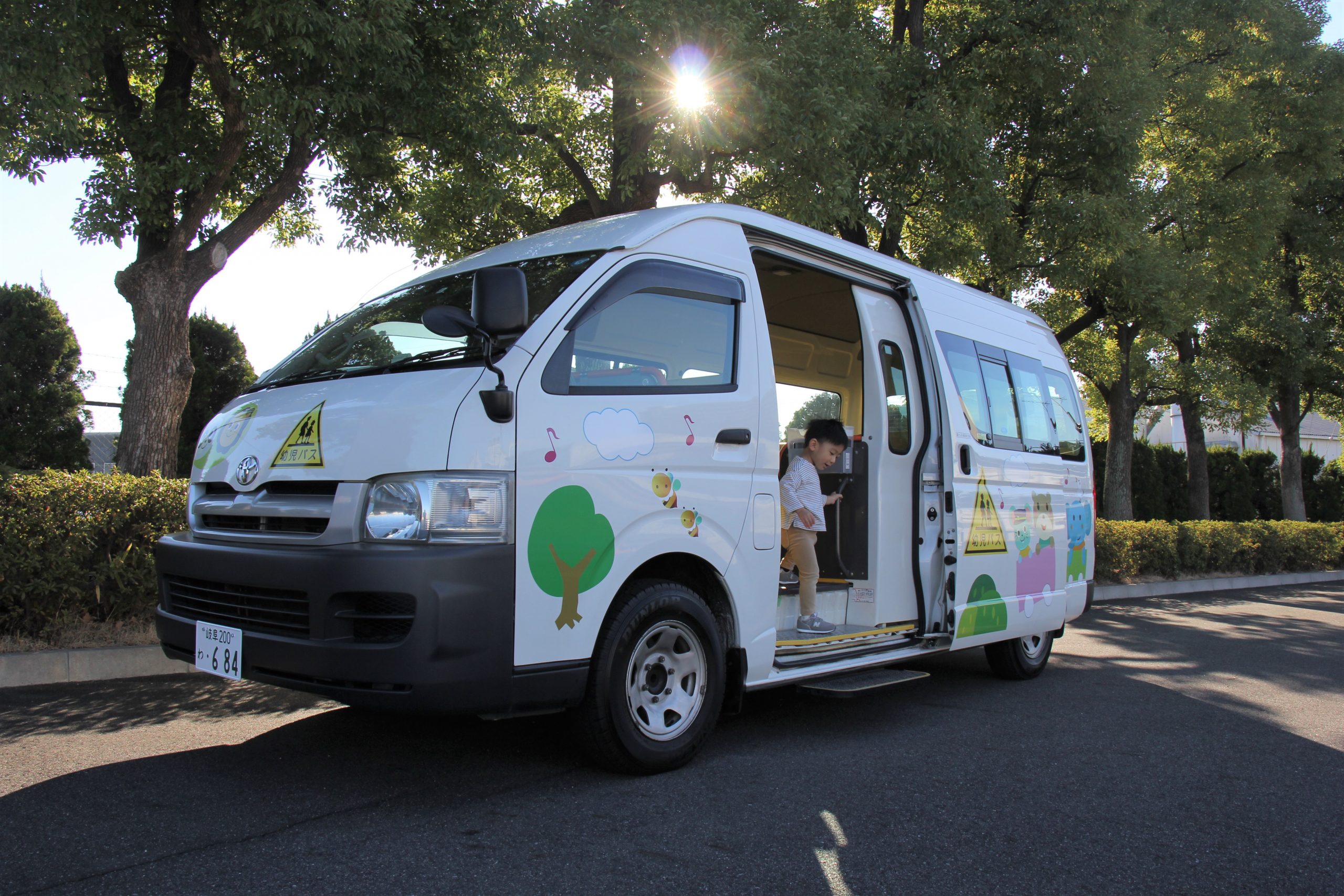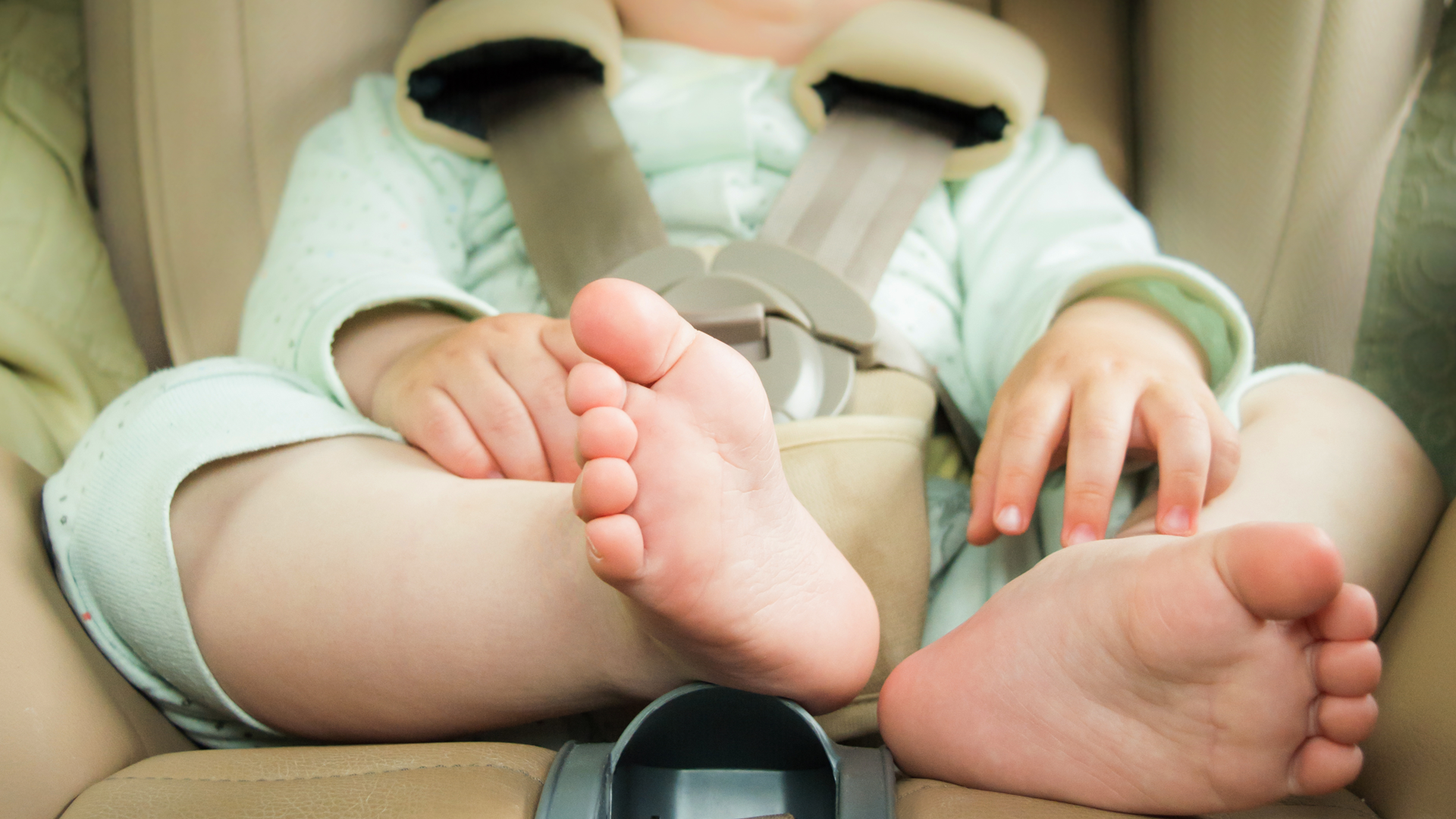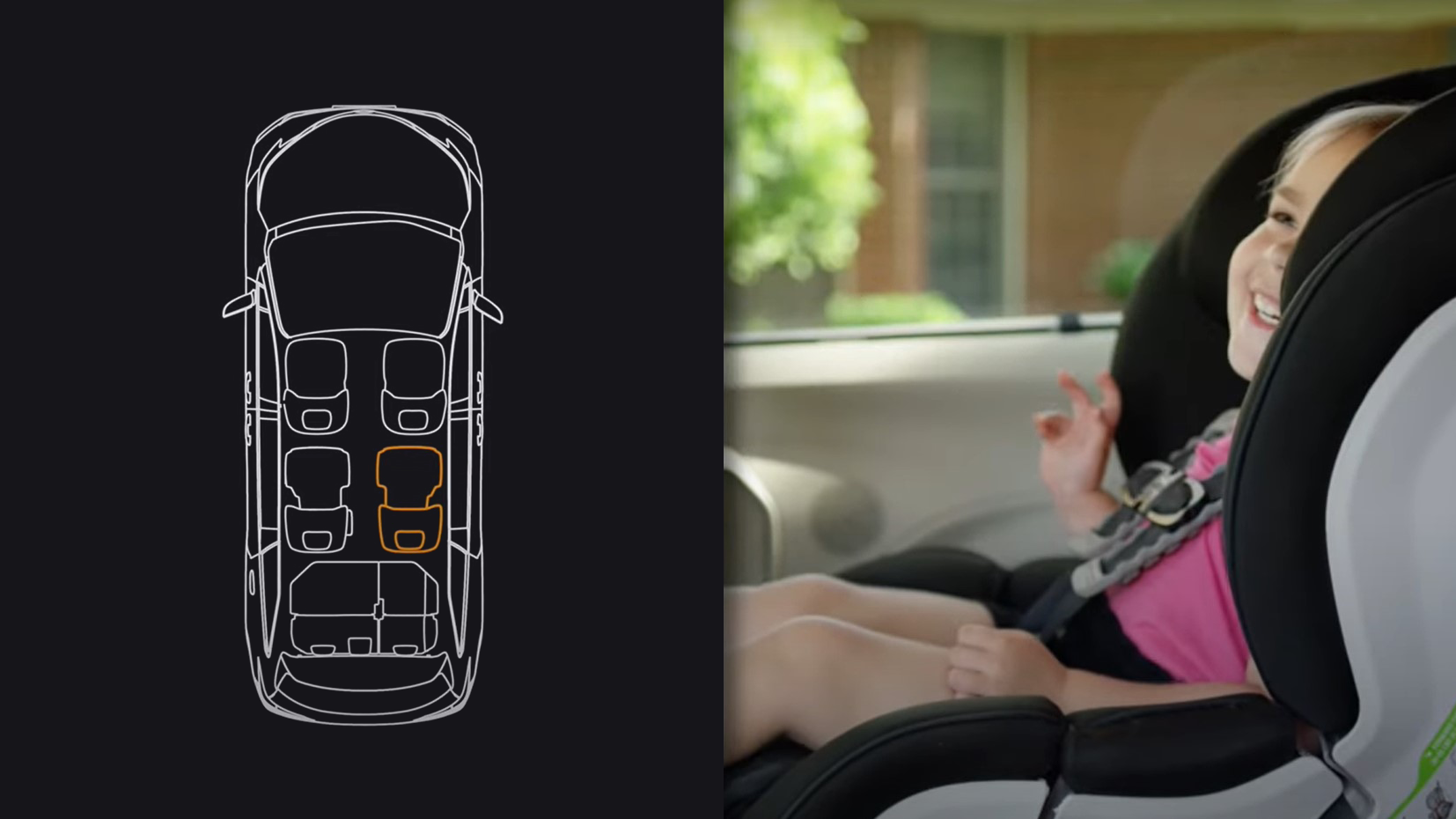Main Menu
Posted by Ian Podkamien
April 16, 2021V2X Technology: The Data-Driven Future of the Connected Car

V2X technology: anything and everything
Electrification and automation are defining a unique period of transformation for the auto industry. Meanwhile, the latest V2X technology (Vehicle-to-Everything or Vehicle-to-Anything), is emerging as a critical enabler of safety, security, convenience and efficiency. V2X represents communication between vehicles and other vehicles (V2V), devices (V2D), pedestrians (V2P), networks (V2N), grids (V2G) and infrastructure (V2I), over short-range wireless signals.
Interfacing with other road users and with centralized systems enables cars to avoid collisions, optimize traffic flows, find (and grab) parking spots and manage demand for electric charging points, for example.
Of course, more sophisticated applications not only require more sensors, but also sensor technologies that are more advanced. This leads to the installation of numerous single-function sensors that gather data to support each feature, increasing complexity and costs of development, testing, manufacturing, etc. Having more sensors also presents the problem of consolidating all the information coming from multiple sensors in real-time, while ensuring low latency.
To overcome the twin challenges of complexity and cost, certain in-car and Advanced Driver Assistance System (ADAS) sensors can also double as providers of valuable data for V2X, maximizing the capabilities of connected cars. Leveraging these sensors for V2X not only provides high-resolution data about the vehicle cabin and surroundings, but also eliminates the need to install additional sensors for V2X data collection. To accomplish this, automakers need to identify the right technologies, particularly those available as platforms.
Top tech: 4D imaging radar
One example is based on 4D imaging radar. Available as a powerful software-hardware platform, it’s built around a MIMO (Multiple Input Multiple Output) antenna array that provides rich, high-resolution data across an ultra-wide vertical-horizontal field of view, tracking multiple targets in all lighting and weather conditions. It can even “see” through solid objects and around corners.
Cameras and LIDAR sensors simply aren’t up to the job of detecting targets in darkness or driving rain. They’re also pricey and can present significant privacy issues. 4D imaging radar, by contrast, is robust in all road conditions, affordable and processes the data into point cloud imaging, respecting privacy at all times. It’s also fully convergent with 5G and the IEEE 802.11p Wi-Fi protocol, so the data can be transferred easily and translated into actionable information that supports a wide range of applications ranging from safety to comfort.
Halting hot car incidents
Thousands of children worldwide have died from heatstroke after being left in vehicles. That’s why there’s now a global drive to prevent hot car incidents, led by the European New Car Assessment Program (Euro NCAP) and NHTSA.
A 4D imaging radar sensor detects the presence of a child left alone anywhere in the cabin, using precise classification based on real-time occupant data. Some solutions go as far as to distinguish between adults and children based on their dimensions, preventing false positives. They cover up to eight passengers across three seating rows, even identifying a baby in a Child Restraint System (CRS) hidden under a blanket or an infant in any of the footwells.
With a V2D system in place, an alert can be sent straight to the driver’s mobile device, telling them their baby is alone in the vehicle. If there’s no response, the vehicle can escalate the call to emergency services or other guardians, while providing rich data such as vital signs that reflect the child’s status.
Updating first responders
Another Euro NCAP criterion is eCall support – a car’s ability to automatically alert emergency services in the aftermath of an accident. With the vital signs data collected by a 4D imaging radar platform, first responders can receive crucial information about the number of vehicle occupants and their status, making all the difference in how they respond.
Threat anticipation
As well as reacting to emergencies, V2V technology will also take the lead in proactively identifying potential for collision. With full area awareness provided by 4D imaging radar’s impressive dynamic range (Short, Medium and Long-Range Radar), connected cars will constantly interface with one another and with Vulnerable Road Users (VRUs) like pedestrians and scooter riders. They’ll share rich data on location, direction and velocity to flag up all potential hazards before they become imminent threats. The collaboration between 4D imaging radar and V2X technology is an instrumental part of the mission to consign Road Traffic Accidents (RTA) to the history books.
Fast forward to the future
To maximize the lifesaving potential of V2X technology, as well as its capacity to deliver high-end convenience, it needs to be backed by rich data at all times and in all conditions. Vayyar’s multilayered software-hardware platforms provides high-resolution point cloud data for both in-cabin and ADAS applications with robust functionality.
As published on The Fast Mode. Click here to view the original article.
To learn more, click here.
The Post URL was successfully copied to your clipboard
Read more on #automotive

Putting a Stop to Frontover Deaths
Read more
Aisin and Vayyar Join Forces to Prevent Vehicular Heatstroke Tragedies in Japanese Kindergarten Buses
Read more
The New Occupant Protection Technology Making Vehicle Cabins Safer
Read more




